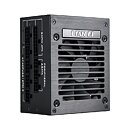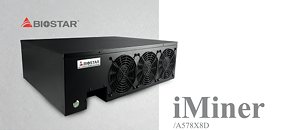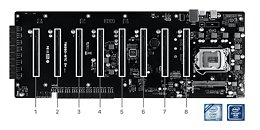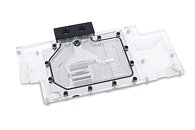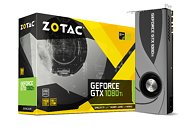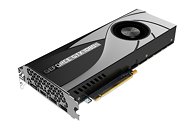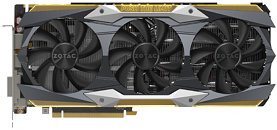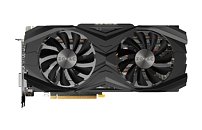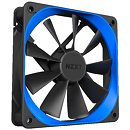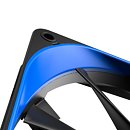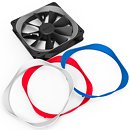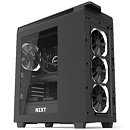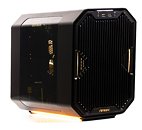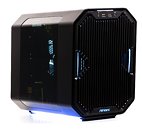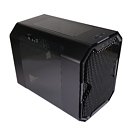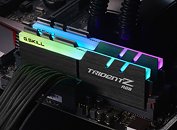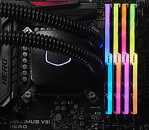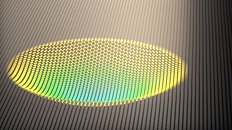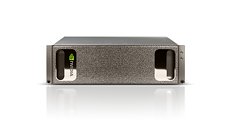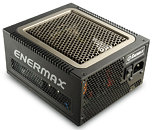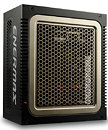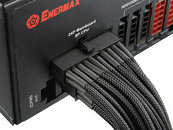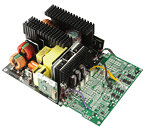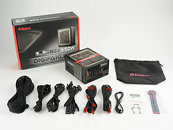
NVIDIA Modulus & Omniverse Drive Physics-informed Models and Simulations
A manufacturing plant near Hsinchu, Taiwan's Silicon Valley, is among facilities worldwide boosting energy efficiency with AI-enabled digital twins. A virtual model can help streamline operations, maximizing throughput for its physical counterpart, say engineers at Wistron, a global designer and manufacturer of computers and electronics systems. In the first of several use cases, the company built a digital copy of a room where NVIDIA DGX systems undergo thermal stress tests (pictured above). Early results were impressive.
Making Smart Simulations
Using NVIDIA Modulus, a framework for building AI models that understand the laws of physics, Wistron created digital twins that let them accurately predict the airflow and temperature in test facilities that must remain between 27 and 32 degrees C. A simulation that would've taken nearly 15 hours with traditional methods on a CPU took just 3.3 seconds on an NVIDIA GPU running inference with an AI model developed using Modulus, a whopping 15,000x speedup. The results were fed into tools and applications built by Wistron developers with NVIDIA Omniverse, a platform for creating 3D workflows and applications based on OpenUSD.
Making Smart Simulations
Using NVIDIA Modulus, a framework for building AI models that understand the laws of physics, Wistron created digital twins that let them accurately predict the airflow and temperature in test facilities that must remain between 27 and 32 degrees C. A simulation that would've taken nearly 15 hours with traditional methods on a CPU took just 3.3 seconds on an NVIDIA GPU running inference with an AI model developed using Modulus, a whopping 15,000x speedup. The results were fed into tools and applications built by Wistron developers with NVIDIA Omniverse, a platform for creating 3D workflows and applications based on OpenUSD.



























